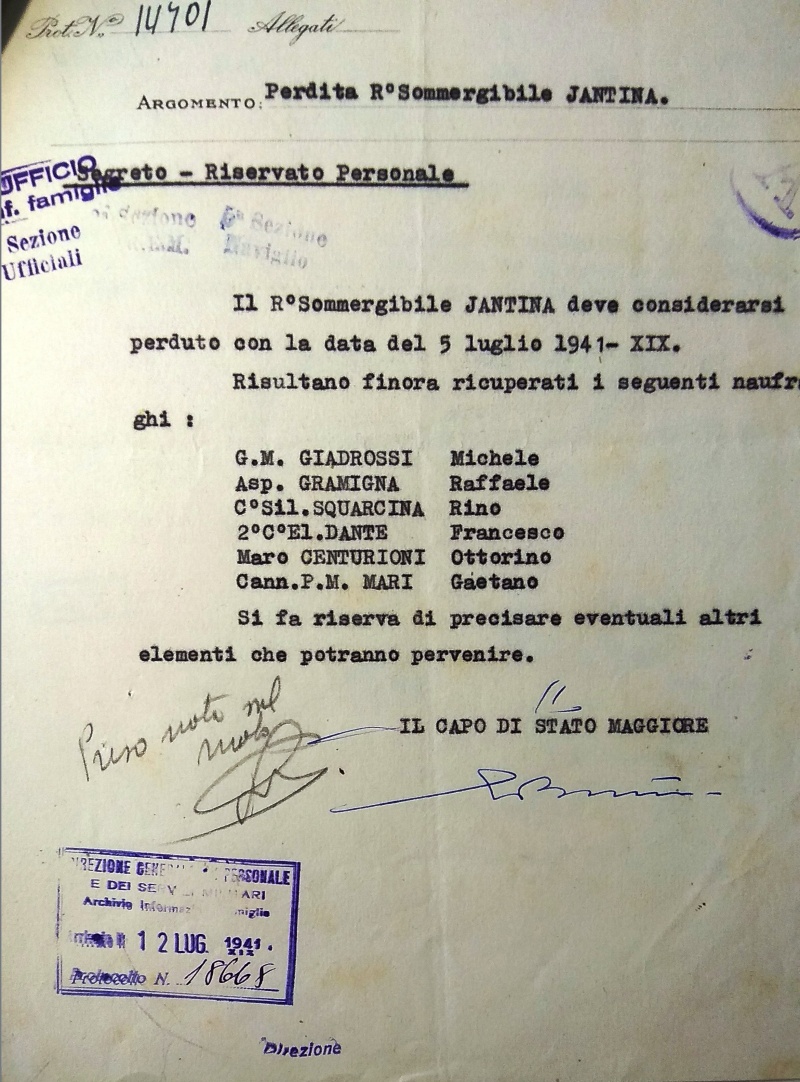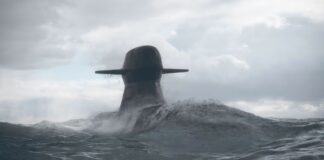The bow of the Italian submarine ‘Jantina’, which sank during World War II, was identified by the research group of diver and researcher of shipwrecks at Greek seas Kostas Thoctaridis, who had located the main section of the submarine in November 2021.
Jantina sank on July 5, 1941 after being hit by torpedoes from Britain’s submarine ‘HMS Torbay’. It lies at a 53-degree angle to the left, with other features visible. The periscopes were still lowered and the turret’s manhole is open. But its bow had been blown away from the rest of the submarine and found at a great distance from the rest of the submarine, at 103 meters below the sea. The bow is in excellent condition, despite the fact it has lain in the sea for 83 years.
Speaking to Athens-Macedonian News Agency (ANA-MPA), Thoctraridis said, “In reality, we are speaking about two sections of the shipwreck, the bow and the remaing section of the submarine, which is the greater in length. While the bow sank immediately, the rest of the submarine continued to float and sank a lot later, having moved a fair distance on the surface of the sea. The submarine net cutter this type of submarine has in the bow is very characteristic. Also visible are the shut torpedo tubes, which reveals that Jantina was not in war mode, which means they had not realized the threat from the British submarine.”
Research details
From research in archives, Thoctaridis’ research group found out that the submarine had sailed from Leros island with 48 crew. On the fateful day, it was sailing on the surface of the sea south of Mykonos and heading to Messina, Italy. The captain of Torbay, which was patrolling the area, raised the alarm at the sighting of the enemy submarine 4 nautical miles ahead, and attacked. The attack between two submarines, a rare maritime event, began at 10:16 with a cluster of 6 torpedoes fired by Torbay, 1,500 yards away. The first cluster did not hit Jantina, but the second did, blowing it up and cutting it apart.
A German Junker JU 52 flying from Rhodes to Athens saw the torpedo that hit Jantina and a second one blowing up at the shore, and raised the alarm. Three MAS boats left Syros island and another Samos, as well as three hydroplanes from Rhodes and Leros, heading to the site. Shortly before Jantina sank, over 20 of the 48 crew managed to swim out, but only 6 officers survived, reaching Delos island after swimming 6 or 7 hours. The survivors were later transported by hydroplane to Piraeus.

Among the 42 who were killed was the submarine’s captain, Vincenzo Politi, whose body was eventually recovered from the sea.
Jantina was constructed in 1932 in La Spezia, Italy and belonged to the Argonauta class of submarines. It was 61.5 meters long, 5.65 meters wide, and its displacement during a dive was 810 tons. It had a maximum cruising speed of 14 knots and a diving speed of 8 knots. Its maximum operational depth was 80 meters. Its artillery included 4 torpedo tubes at the bow and 2 at the stern. It also carried a navy deck gun 102/35.










